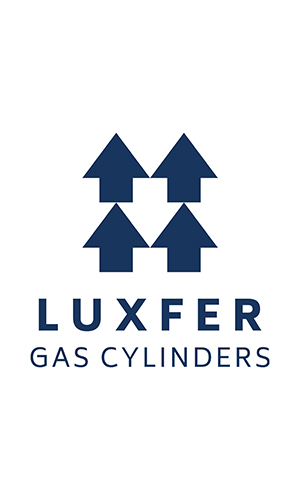US +1800 764 0366 | Europe & Middle East +44 (0)115 980 3800 | Asia-Pacific: +61 2 7227 5369
Support item:
Dates when Luxfer changed its aluminum alloy from 6351 to 6061
Between 1987 and 1988, Luxfer Gas Cylinders discontinued use of 6351 aluminum alloy and began using a proprietary version of 6061 aluminum alloy for all its aluminum cylinder models manufactured in the United States. Listed below are the dates by model number when the transitions to the new alloy occurred. Any current Luxfer models that do not appear on this list were never made from 6351 alloy in the first place and have always been made from Luxfer's proprietary 6061 alloy.
SCUBAS30, S63 -May 1988
S40 - June 1988
S50, S92 - April 1988
S72, S100 - August 1987
S80 - January 1988
S808 - May1987
SCBAL7, L8, L13 - September 1987
L13 - May 1988
L15 - January 1989
L26 - February 1988
L45 - November 1987
CO2C1.2, C1.5 - January 1989
C2 - November 1988
C10 - August 1988
C5 - June 1988
C15 - November 1987
C20, C35 - April 1988
C50 - February 1988
MedicalM9 - January 1988
MD15, ME24 - December 1987
Industrial GasN22, N150 - May 1988
N33 - November 1988
N60, N122 - December 1987
N88 - December 1988

